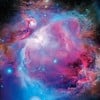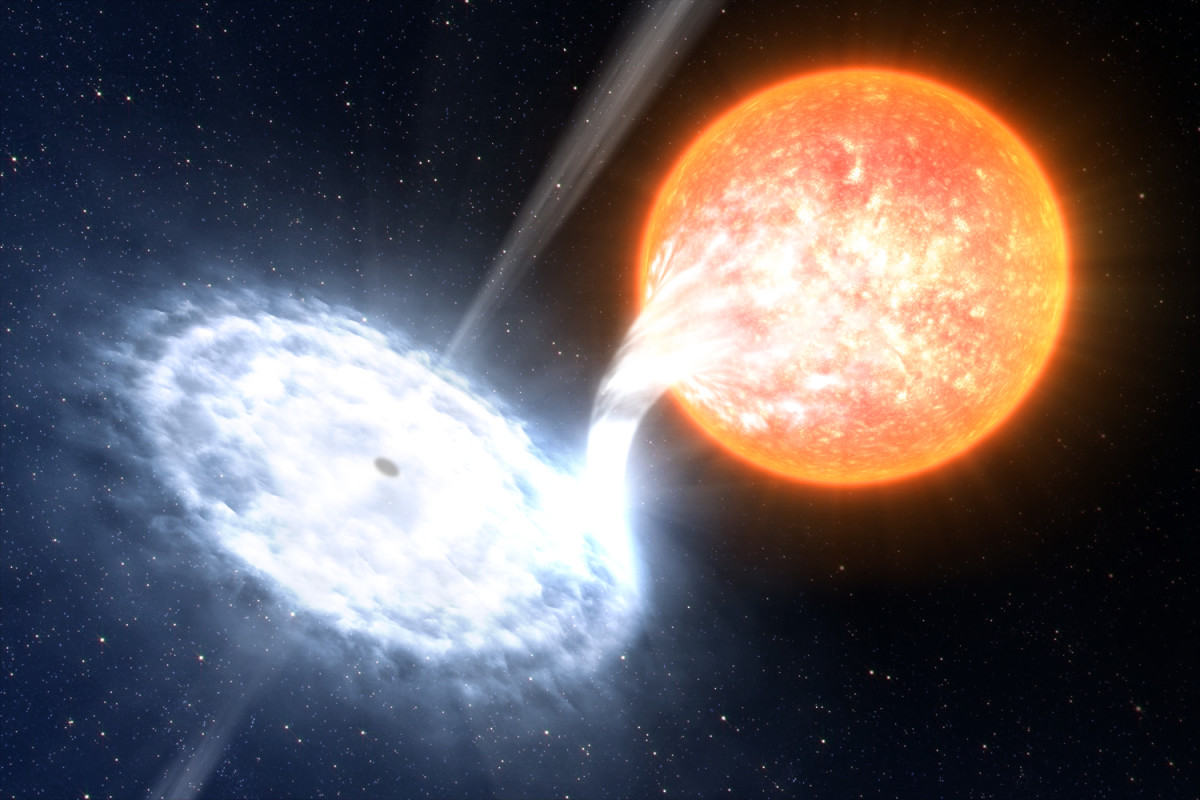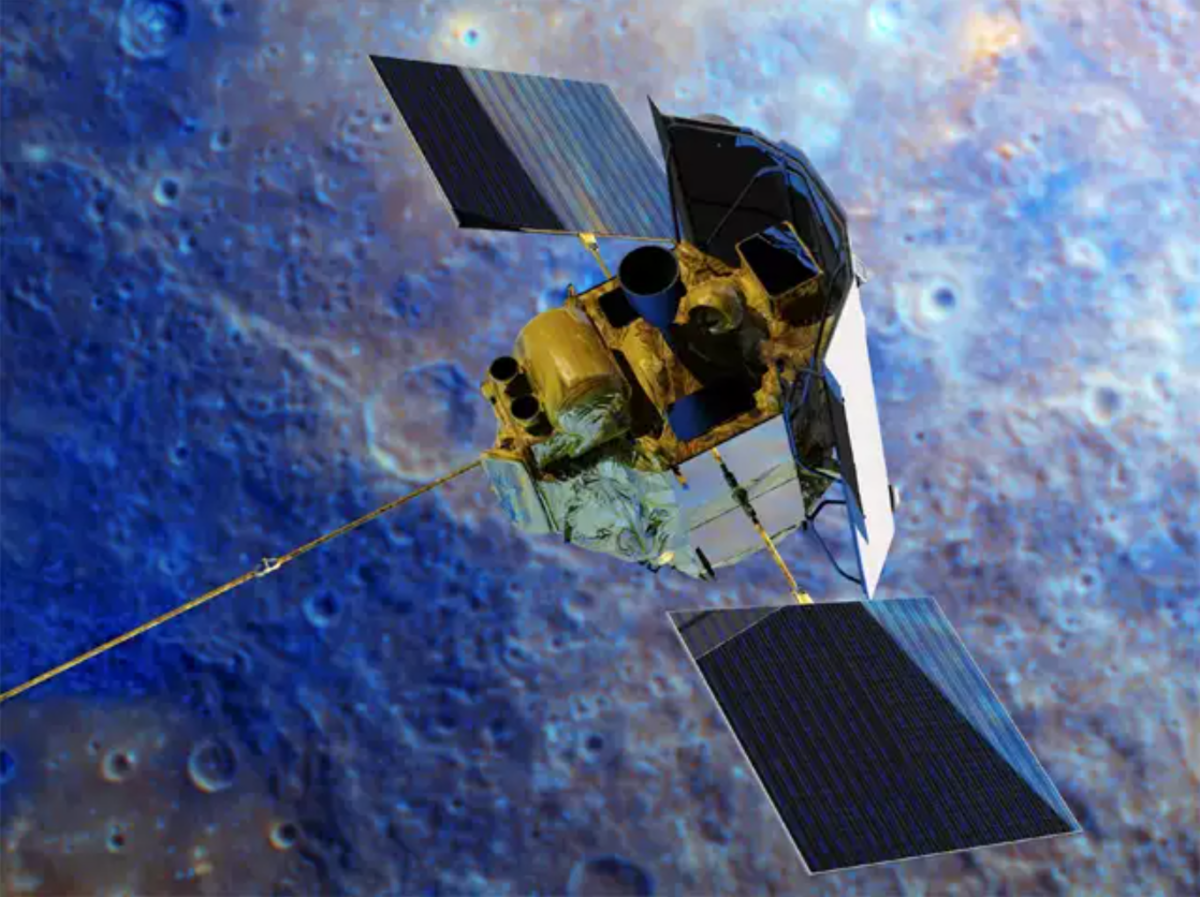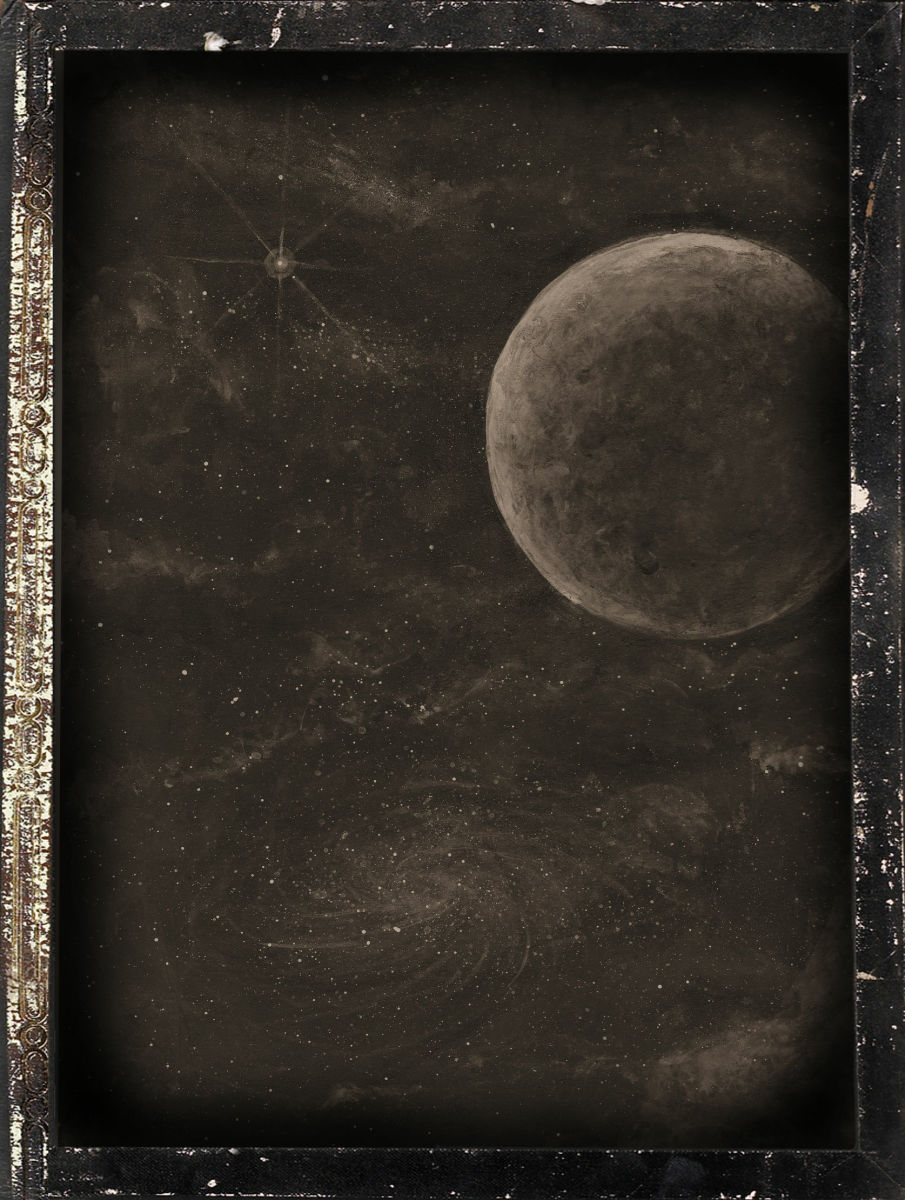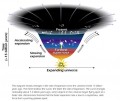What Are Ultra-High-Energy Cosmic Rays (UHECRs)

Mysterious Origins
Ultra-High-Energy Cosmic Rays (UHECRs) rays have been seen from about 108 eV to about 1020 eV, and based on the distances the rays can travel anything above 1017 eV must be extragalactic. These UHECRs differ from other cosmic rays because they exist in the 100 billion-billion electron volt range, aka 10 million times the capacity of the LHC to produce during one of its particle collisions (Cendes 30, Olinto 34).
But unlike their lower energy counterparts, UHECRs seem to have no clear origin. We do know that they must depart from a location outside our galaxy, for if anything locally created that kind of particle, it would be clearly visible. And studying them is challenging because they rarely collide with matter. That is why we must augment our chances using some clever techniques (Ibid).
The Pierre Auger Observatory is one of those places using such science. There, several tanks with dimensions of 11.8 feet in diameter and 3.9 feet tall hold 3,170 gallons each. In each of these tanks are sensors ready to record a particle shower from a hit, which will produce a light shockwave as the ray loses energy. As data rolled in from Auger, the expectation that scientists had of UHECRs being natural hydrogen were dashed. Instead, it looks like iron nuclei are their identity, which is incredibly shocking because they are heavy and thus require vasts amounts of energy to get to such speeds as we have seen. And at those speeds, the nuclei should fall apart! (Cendes 31, 33)
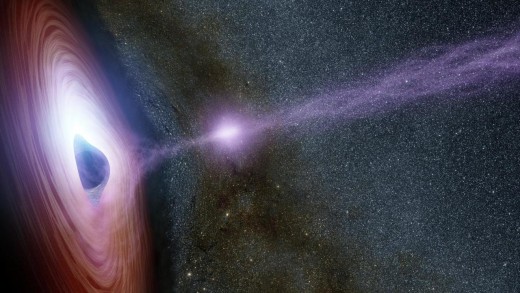
What Is Causing UHECRs?
Certainly anything that can create a normal cosmic ray should be a contender for creating a UHECR, but no links have been found. Instead, AGN (or actively-feeding black holes) look to be a likely source based off a 2007 study. But keep in mind that said study was only able to resolve a 3.1 square-degree field, so anything in that block could be the source (Cendes 32, Kruesi “Gamma”).
As more data rolled in, it became clear that AGN were not clearly linked as the source of the UHECRs. Neither are gamma ray bursts (GRB), for as cosmic rays decay they form neutrinos. By using IceCube data, scientist looked at GRBs and neutrino hits. No correlations were found, but AGN did possess high levels of neutrino production, possibly hinting at that connection (Ibid).
One type of AGN stems from blazars, which have their stream of matter facing us. And one of the highest energy neutrinos we have seen, named Big Bird, came from blazar PKS B1424-418. The way we figured that out wasn't easy, and we needed help from the Fermi Gamma Ray Space Telescope and IceCube. As Fermi spotted the blazar exhibit 15-30 times the normal activity, IceCube recorded a flow of neutrinos at the same instant, one of those being Big Bird. With an energy of 2 quadrillion eV, it was impressive, and after back tracking data between the two observatories as well as looking at radio data taken on 418 by the TANAMI instrument, there was over a 95% correlation between Big Bird's path and the direction of the blazar at that time (Wenz, NASA).
Then in 2014, scientists announced that a high number of UHECRs seemed to be coming from the direction of the Big Dipper, with the biggest one ever found at 320 exa-eV!. Observations led by the University of Utah in Salt Lake City but with the help of many others uncovered this hot spot using florescent detectors looking for flashes in their nitrogen gas tanks as a cosmic ray hit a molecule from May 11, 2008 to May 4, 2013 (University of Utah, Wolchover).
They found that if UHECRs were emitted randomly, only 4.5 should be detected per 20 degree radius based area in the sky. Instead, the hot spot has 19 hits, with the center seemingly at 9h 47m right ascension and 43.2 degrees declination. Such a cluster is odd, but the odds of it being by chance are only 0.014% (Ibid).
But what is making them? And theory predicts that the energy of these UHECRs should be so great that they shed energy via radiation, yet nothing like that is being seen. The only way to account for the signature would be if the source was nearby—very nearby (Ibid).
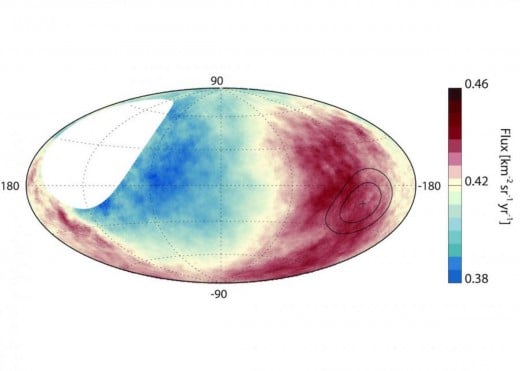
This is where the spectrum graph of UHECRs is useful. It shows several places where we transition from normal to the ultra, and we can see how it tapers off. This indicates that a limit exists, and such a result was predicted by Kenneth Greisen, Georgiy Zatsepin, and Vadim Kuzmin and became known as the GZK cutoff. This is where those UHECRs have that energy level requisite for a radiation shower as it interacts with space. For the 320 exa-eV one being beyond this was easy to see because of this graph. The implications could be that new physics await us (Wolchover).
Another interesting piece to the puzzle arrived when researchers found that UHECRs are definitely coming from outside the Milky Way. Looking at UHECRs that were 8*1019 eV in energy or higher, the Pierre Auger Observatory found particle showers from 30,000 events and correlated their direction on a celestial map. Turns out, the cluster has 6% higher events than the space around it and definitely outside the disc of our galaxy. But as for the main source, the possible area is still too large to pinpoint the exact location (Parks).
Works Cited
Cendes, Vvette. “A Big Eye on the Violent Universe.” Astronomy Mar. 2013: 29-32. Print.
Kruesi, Liz. "Gamma-Ray Bursts Not Responsible for Extreme Cosmic Rays." Astronomy Aug. 2012: 12. Print.
NASA. "Fermi Helps Link Cosmic Neutrino to Blazar Blast." Astronomy.com. Kalmbach Publishing Co., 28 Apr. 2016. Web. 26 Oct. 2017.
Olinto, Angela. “Solving the Mystery of Cosmic Rays.” Astronomy Apr. 2014: 32-4. Print.
Parks, Jake. "The Proof Is Out There: Extragalactic Origins for Cosmic Rays." Astronomy.com. Kalmbach Publishing Co., 25 Sept. 2017. Web. 01 Dec. 2017.
University of Utah. "A Source of the Most Powerful Cosmic Rays?" Astronomy.com. Kalmbach Publishing Co., 08 Jul. 2014. Web. 26 Oct. 2017.
Wenz, John. "Finding Big Bird's Home." Astronomy Sept. 2016: 17. Print.
Wolchover, Natalie. "Ultrahigh-Energy Cosmic Rays Traced to Hotspot." quantuamagazine.com. Quanta, 14 May 2015. Web. 12 Sept. 2018.
© 2025 Leonard Kelley
